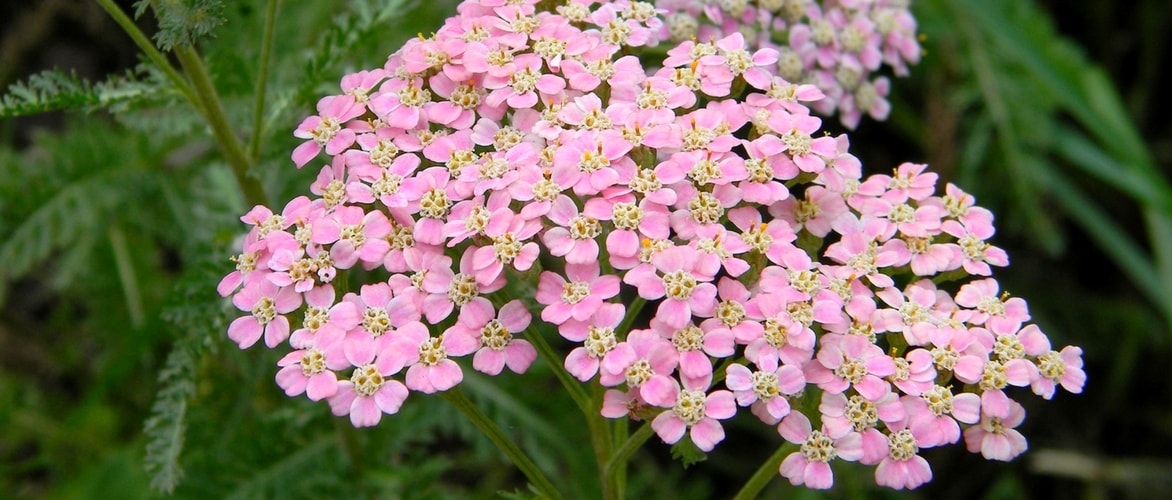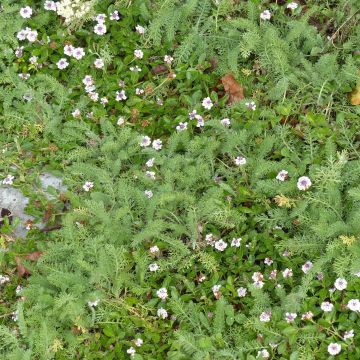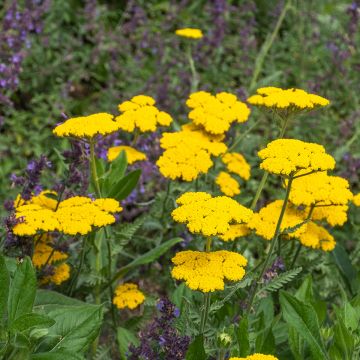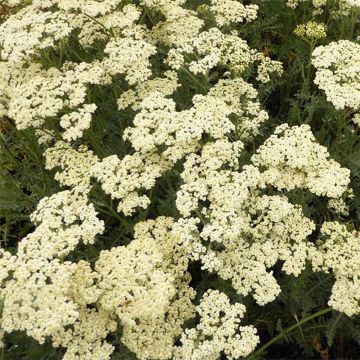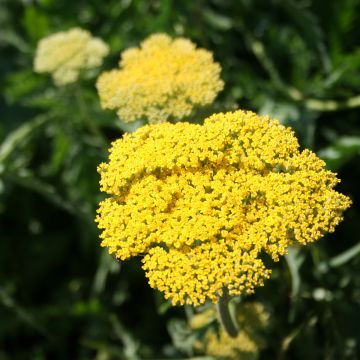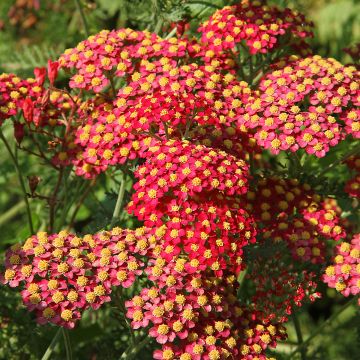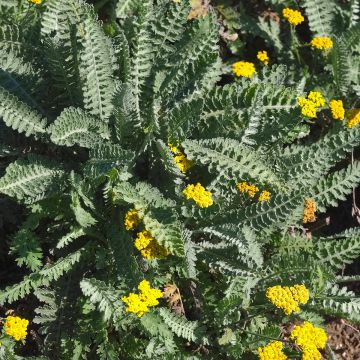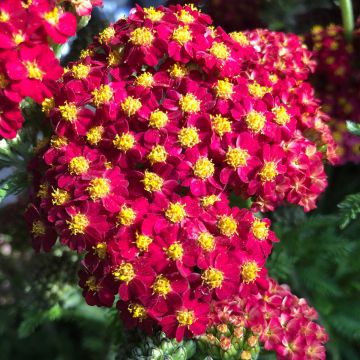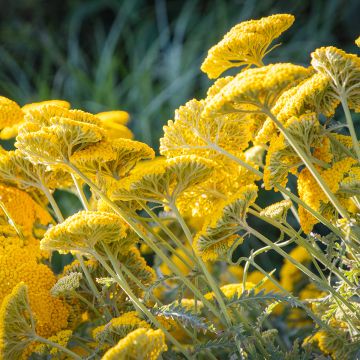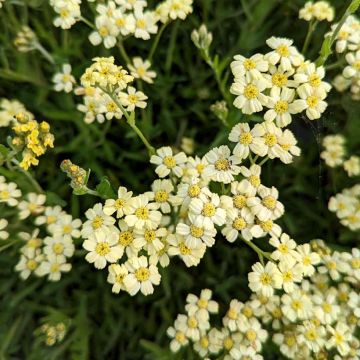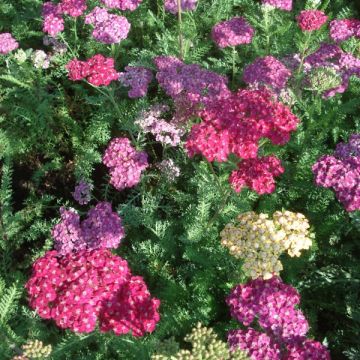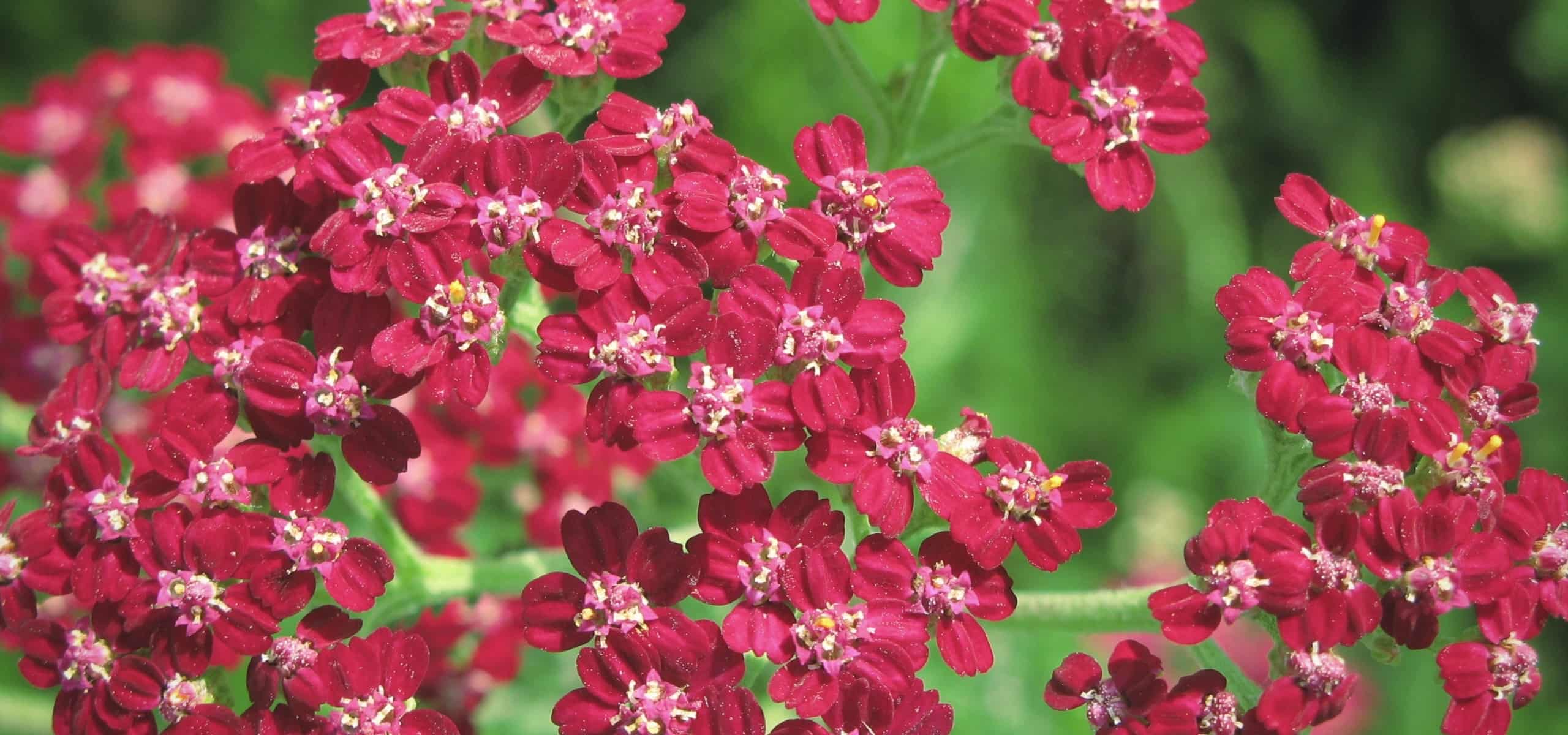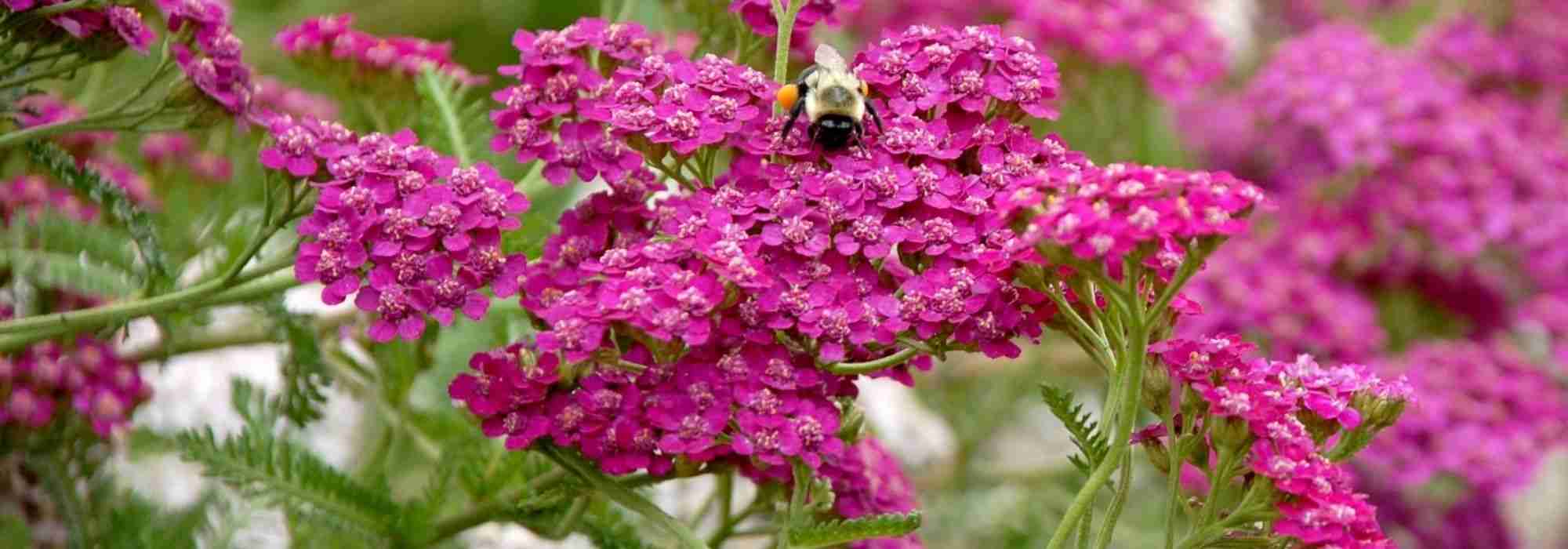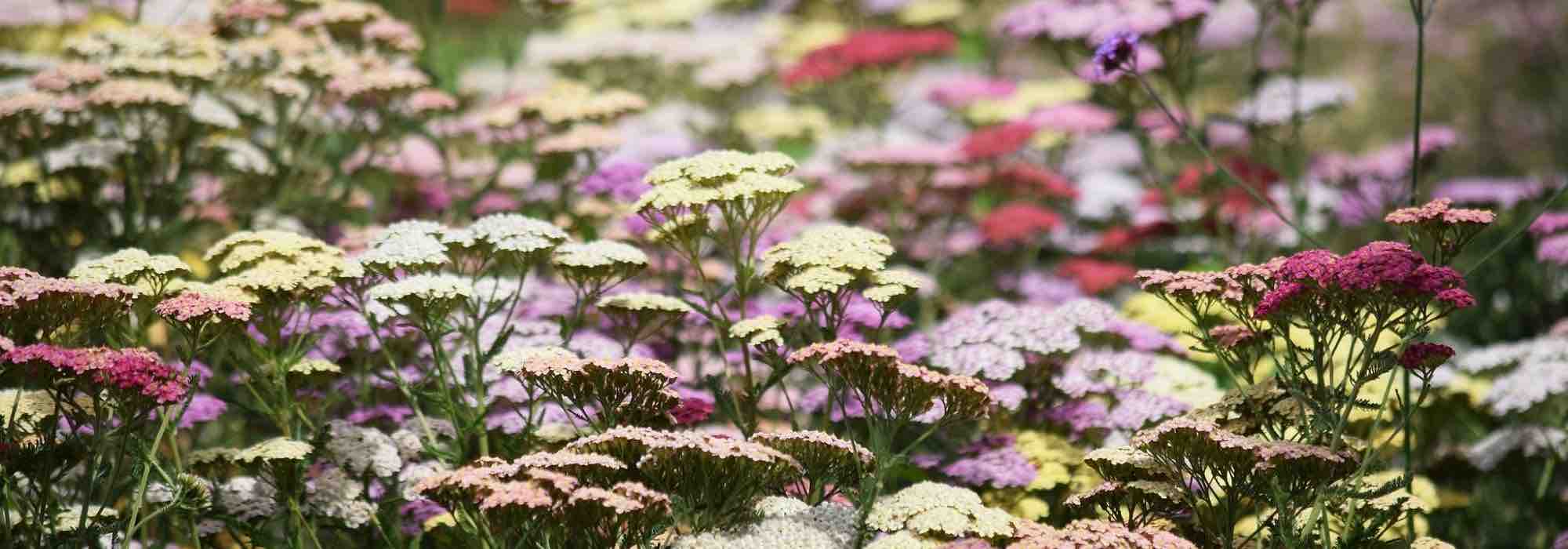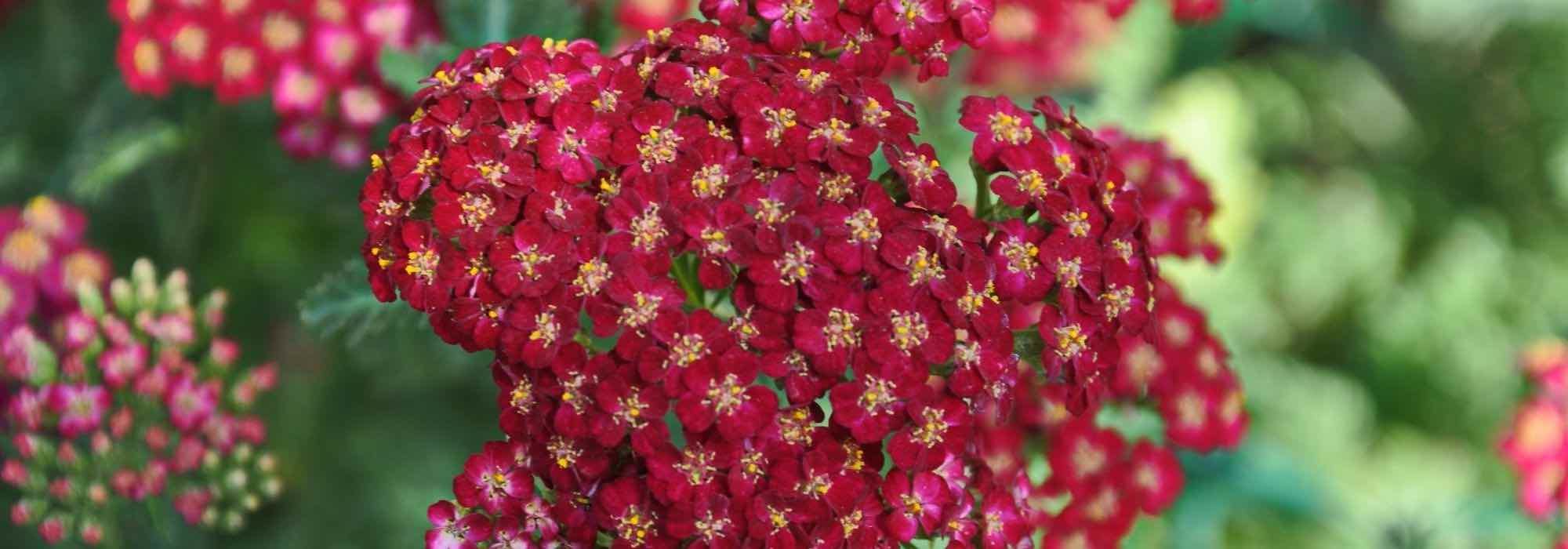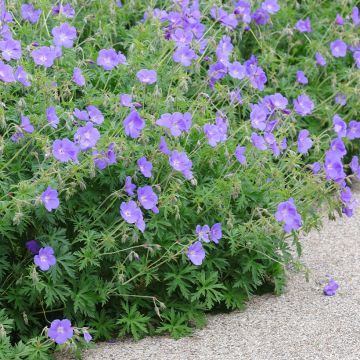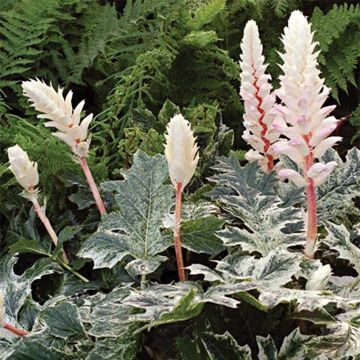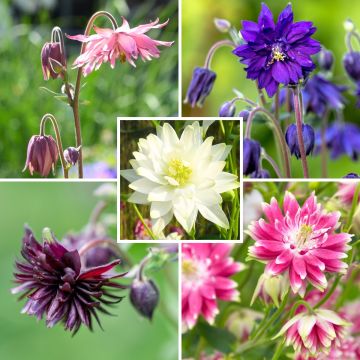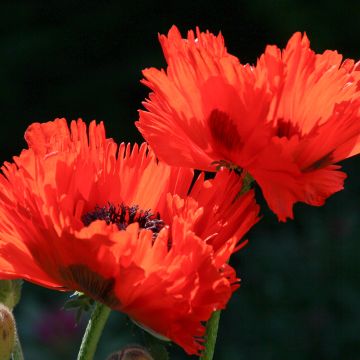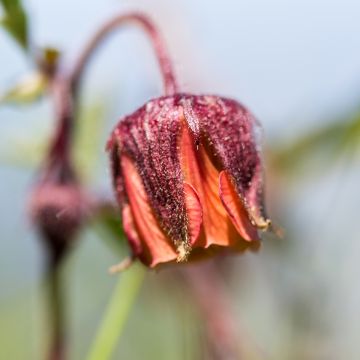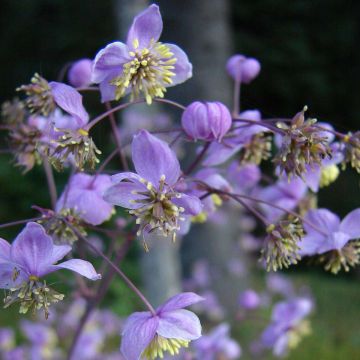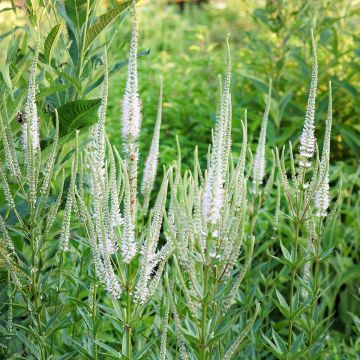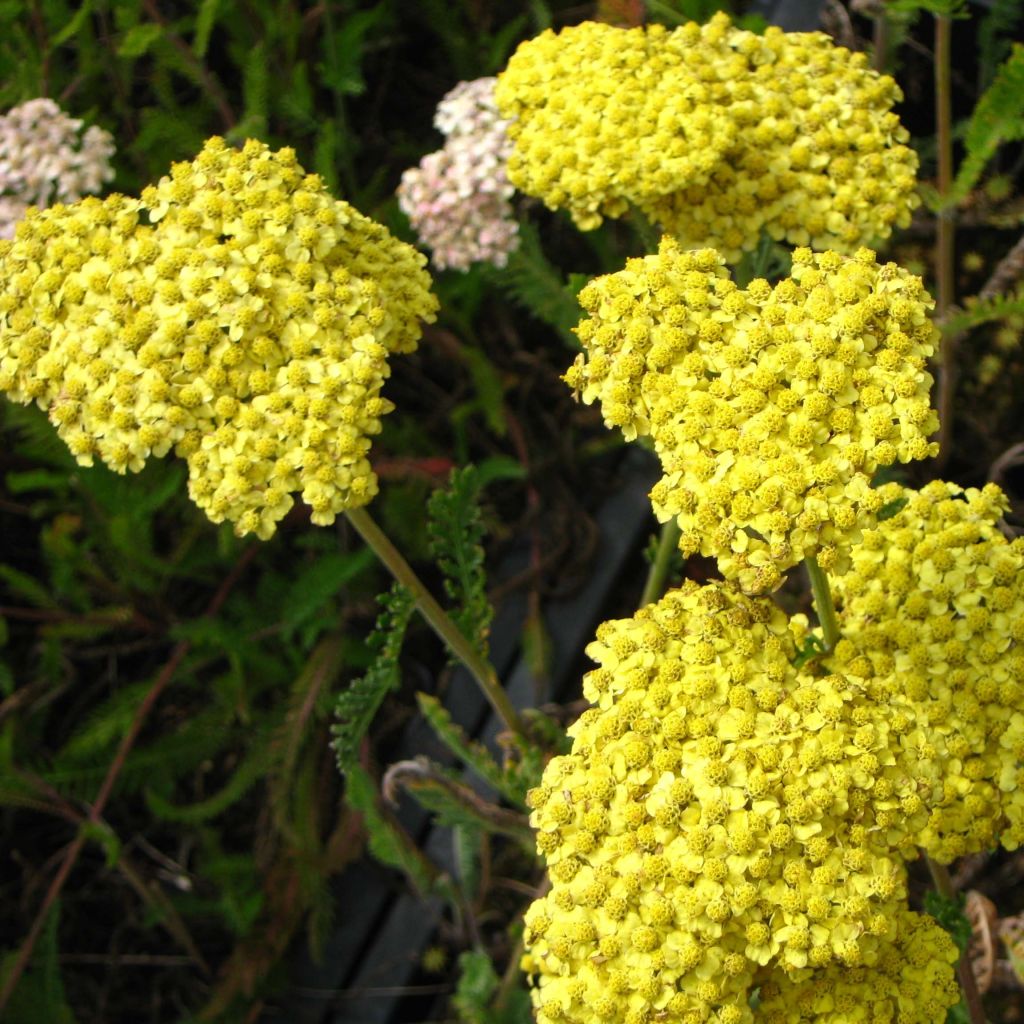

Achillea filipendulina Helios


Achillea filipendulina Helios
Achillea filipendulina Helios
Achillea filipendulina Helios
Fernleaf Yarrow, Gold Yarrow
Very beautiful young plant in excellent condition, to be continued
Christophe, 05/04/2020
Special offer!
Receive a €20 voucher for any order over €90 (excluding delivery costs, credit notes, and plastic-free options)!
1- Add your favorite plants to your cart.
2- Once you have reached €90, confirm your order (you can even choose the delivery date!).
3- As soon as your order is shipped, you will receive an email containing your voucher code, valid for 3 months (90 days).
Your voucher is unique and can only be used once, for any order with a minimum value of €20, excluding delivery costs.
Can be combined with other current offers, non-divisible and non-refundable.
Home or relay delivery (depending on size and destination)
Schedule delivery date,
and select date in basket
This plant carries a 12 months recovery warranty
More information
We guarantee the quality of our plants for a full growing cycle, and will replace at our expense any plant that fails to recover under normal climatic and planting conditions.
Would this plant suit my garden?
Set up your Plantfit profile →
Description
The Achillea filipendulina 'Helios' is a medium-sized yarrow, producing numerous flowers from July to September in a soft golden yellow. Throughout the summer, braving the heat, its flat umbel flower head towers over a beautiful clump of delicately cut silver-green leaves. Vigorous and hardy, this water-efficient perennial plant is stunning in a wild garden as well as in fresh or dried bouquets. Simply provide it with well-drained, moist or even dry soil in summer, and a very sunny to partially shaded exposure.
Achillea filipendulina, also known as Fernleaf Yarrow or Filipendula Yarrow, is a rhizomatous perennial plant belonging to the Asteraceae family. Its distribution range extends over a vast area of central and southwestern Asia (Kazakhstan, Afghanistan, Pakistan, Iran, Iraq, Turkey, Caucasus). This highly adaptable species is also naturalised in Europe and North America.
The 'Helios' cultivar is a long-lived perennial, bred by Pagels. It will quickly reach a height of 70 cm when in bloom, spreading over 50 cm. The flower head is a slightly rounded corymb. The abundant and highly nectar-rich flowering period extends from July to September. The flowers are made up of small globular clusters called corymbs that are densely arranged together, giving the flower a chunky appearance. These heads, which appear at the tops of very rigid stems, are a soft golden yellow. The flowers give rise to fruits called achenes. The stem of the plant has an angular shape, with channels running along it and covered in fine, soft hairs. The foliage is evergreen or semi-evergreen depending on the climate, rough and downy, aromatic and deeply cut into fine strips. The leaves are lobed, feather-like, and are a slightly greyish green colour.
All yarrows love the sun and have excellent hardiness. The 'Helios' Yarrow will blend well in a country-style bed, a large rockery, or on a slope where it will contribute to fixing and protecting against erosion. It pairs well with sun-loving perennials, as well as with red or vibrant blue flowers found in crocosmias, campanulas, asters, groundcover roses, and perennial delphiniums. The silver colour of its foliage stands out even more when accompanied by plants with dark and golden colours such as 'Lilla' Smoke Bushes, stipas, and heucheras. In dry soil, it can be paired with echinaceas, Buenos Aires verbenas, shrubby salvias, Gaura, Caryopteris, 'Valerie Finnis' wormwood, and large thistles. Once well-established, it is very drought-resistant, making it suitable for pairing with lavender, rockroses, and rosemary in rocky soil. The horizontal accent of its large flat flower heads contrasts beautifully with more slender, upright plants like Russian sages and star-shaped flowers of daylilies.
As per Pliny, a Roman naturalist from the first century AD, the plant's name is derived from Achilles, a hero of Greek mythology, who used it to heal his wounds. The healing properties of this plant were discovered by Achilles during the Trojan War, when he was advised by Venus to treat his wound with it. In reality, the plant has medicinal properties such as hemostatic, which stops bleeding, the leaves have healing properties, and the flowers have a stimulating, tonic, and fever-reducing effect. The young shoots of this plant can also be used in omelettes or salads.
Achillea filipendulina Helios in pictures
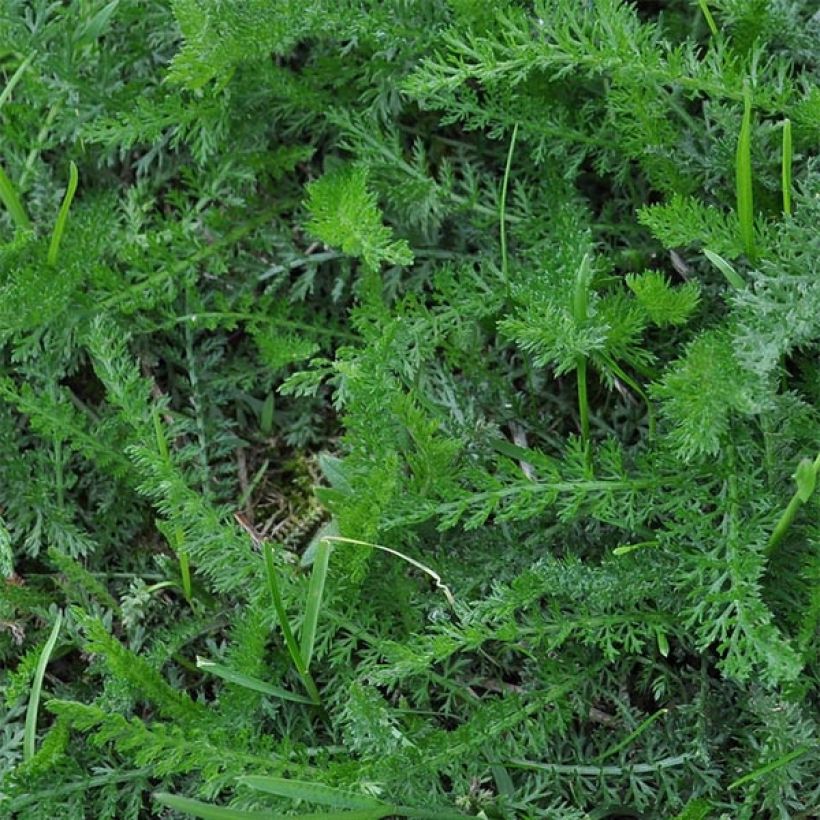

Flowering
Foliage
Plant habit
Botanical data
Achillea
filipendulina
Helios
Asteraceae
Fernleaf Yarrow, Gold Yarrow
Cultivar or hybrid
Other Achillea
View all →Planting and care
Achillea filipendulina 'Helios' can be planted in pots throughout the year, with 5 feet of space required per square metre in well-worked and well-draining soil. It can grow in any soil type, whether limestone, dry, moist, or well-drained, and even adapt to healthy and well-amended clay soils. For optimal growth, it prefers to be planted in full sun. To encourage the growth of young shoots in spring, it is recommended to cut off faded flowers and trim all vegetation at the end of the season. Additionally, it is recommended to divide the shrub in spring every 4 to 5 years.
Planting period
Intended location
Care
Planting & care advice
-
, onOrder confirmed
Reply from on Promesse de fleurs
Similar products
Haven't found what you were looking for?
Hardiness is the lowest winter temperature a plant can endure without suffering serious damage or even dying. However, hardiness is affected by location (a sheltered area, such as a patio), protection (winter cover) and soil type (hardiness is improved by well-drained soil).

Photo Sharing Terms & Conditions
In order to encourage gardeners to interact and share their experiences, Promesse de fleurs offers various media enabling content to be uploaded onto its Site - in particular via the ‘Photo sharing’ module.
The User agrees to refrain from:
- Posting any content that is illegal, prejudicial, insulting, racist, inciteful to hatred, revisionist, contrary to public decency, that infringes on privacy or on the privacy rights of third parties, in particular the publicity rights of persons and goods, intellectual property rights, or the right to privacy.
- Submitting content on behalf of a third party;
- Impersonate the identity of a third party and/or publish any personal information about a third party;
In general, the User undertakes to refrain from any unethical behaviour.
All Content (in particular text, comments, files, images, photos, videos, creative works, etc.), which may be subject to property or intellectual property rights, image or other private rights, shall remain the property of the User, subject to the limited rights granted by the terms of the licence granted by Promesse de fleurs as stated below. Users are at liberty to publish or not to publish such Content on the Site, notably via the ‘Photo Sharing’ facility, and accept that this Content shall be made public and freely accessible, notably on the Internet.
Users further acknowledge, undertake to have ,and guarantee that they hold all necessary rights and permissions to publish such material on the Site, in particular with regard to the legislation in force pertaining to any privacy, property, intellectual property, image, or contractual rights, or rights of any other nature. By publishing such Content on the Site, Users acknowledge accepting full liability as publishers of the Content within the meaning of the law, and grant Promesse de fleurs, free of charge, an inclusive, worldwide licence for the said Content for the entire duration of its publication, including all reproduction, representation, up/downloading, displaying, performing, transmission, and storage rights.
Users also grant permission for their name to be linked to the Content and accept that this link may not always be made available.
By engaging in posting material, Users consent to their Content becoming automatically accessible on the Internet, in particular on other sites and/or blogs and/or web pages of the Promesse de fleurs site, including in particular social pages and the Promesse de fleurs catalogue.
Users may secure the removal of entrusted content free of charge by issuing a simple request via our contact form.
The flowering period indicated on our website applies to countries and regions located in USDA zone 8 (France, the United Kingdom, Ireland, the Netherlands, etc.)
It will vary according to where you live:
- In zones 9 to 10 (Italy, Spain, Greece, etc.), flowering will occur about 2 to 4 weeks earlier.
- In zones 6 to 7 (Germany, Poland, Slovenia, and lower mountainous regions), flowering will be delayed by 2 to 3 weeks.
- In zone 5 (Central Europe, Scandinavia), blooming will be delayed by 3 to 5 weeks.
In temperate climates, pruning of spring-flowering shrubs (forsythia, spireas, etc.) should be done just after flowering.
Pruning of summer-flowering shrubs (Indian Lilac, Perovskia, etc.) can be done in winter or spring.
In cold regions as well as with frost-sensitive plants, avoid pruning too early when severe frosts may still occur.
The planting period indicated on our website applies to countries and regions located in USDA zone 8 (France, United Kingdom, Ireland, Netherlands).
It will vary according to where you live:
- In Mediterranean zones (Marseille, Madrid, Milan, etc.), autumn and winter are the best planting periods.
- In continental zones (Strasbourg, Munich, Vienna, etc.), delay planting by 2 to 3 weeks in spring and bring it forward by 2 to 4 weeks in autumn.
- In mountainous regions (the Alps, Pyrenees, Carpathians, etc.), it is best to plant in late spring (May-June) or late summer (August-September).
The harvesting period indicated on our website applies to countries and regions in USDA zone 8 (France, England, Ireland, the Netherlands).
In colder areas (Scandinavia, Poland, Austria...) fruit and vegetable harvests are likely to be delayed by 3-4 weeks.
In warmer areas (Italy, Spain, Greece, etc.), harvesting will probably take place earlier, depending on weather conditions.
The sowing periods indicated on our website apply to countries and regions within USDA Zone 8 (France, UK, Ireland, Netherlands).
In colder areas (Scandinavia, Poland, Austria...), delay any outdoor sowing by 3-4 weeks, or sow under glass.
In warmer climes (Italy, Spain, Greece, etc.), bring outdoor sowing forward by a few weeks.






























